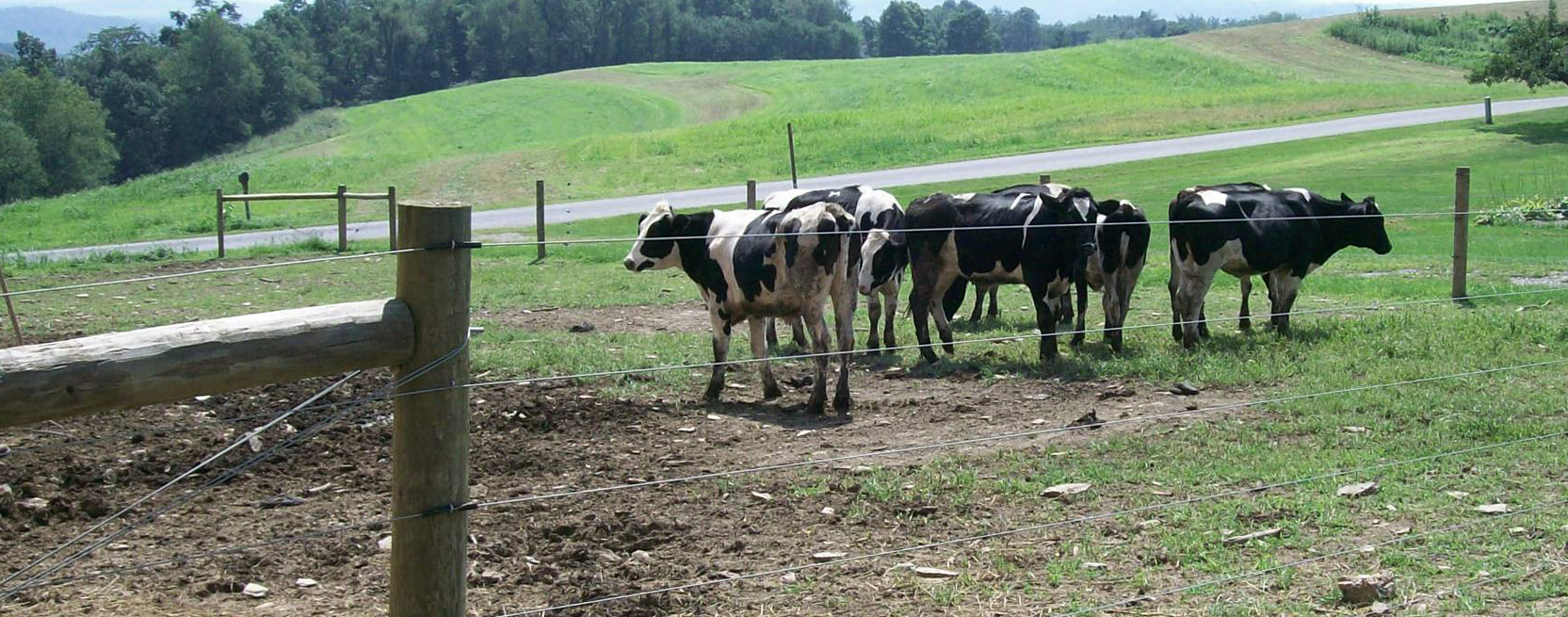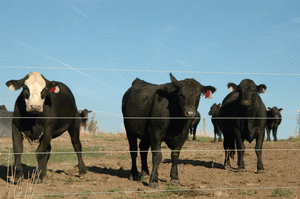BLOG

What is a Sacrifice Paddock?
A sacrifice paddock is exactly that – a small lay of land utilized for heavy use without ruining valuable pasture. Every farmer is concerned with livestock over-trafficking profitable fields and pastures during dry, wet, and cold seasons. The sacrifice area makes problems like mud and manure manageable and decreases pasture maintenance. Usually this paddock is purposefully located to reduce labor when tending to livestock. Such an area can be a vital part of a rotational grazing system on limited acreage.
Livestock confinement areas may also be known as an exercise lot, wintering lot, maternity lot, loafing lot, breeding lot, or turnout lot. I have always referred to our farm’s sacrifice paddock as a “dry lot,” because that is its purpose – to be dry and clean. The most necessary sacrifice paddock involves an area adequate enough for feeding, exercising, and wintering livestock.
Livestock can be kept in a sacrifice paddock when new seeding is being established, the pasture has just been fertilized, during hay making, or even when pastures

need a regrowth period. This area is often used for daily exercising of horses or calving season on a beef farm. Feeding and sheltering livestock in a sacrifice lot during drought periods and winter will also supply fertilizer, because a larger percentage of manure will accumulate in one area. The manure can be gathered by occasionally scraping the ground and storing, to spread when fields are dry. When constructing your paddock, all of these uses should be taken into consideration.
A sacrifice paddock should be strategically placed on a farm, no matter what livestock will be confined. The area should be dry, level, and support simplified, quality livestock husbandry. Placement of the paddock should be in an area where a barn and grazing pastures are easily reached. Our sacrifice lot is located where nearby alleyways allow for rotation and entrance to the barn. Our thought process was that cattle could effortlessly transition from the sacrifice paddock to even smaller calving pastures and into the barn in an emergency. It is placed at the top of the hill, where the land is driest, and there is space for manure storage. When creating the paddock, most of the top soil was removed, so there would be limited mud during rainy season. The paddock is maintained by scraping manure and leveling rough areas several times a year. This helps with disease control and provides a comfortable environment.
Exterior fence construction of the paddock will depend on the species being housed. Our cattle lot fencing is high-tensile woven wire for added security. However, a five strand high-tensile electric fence would also be a good option for such an application. Keep in mind a small area should have a very safe and strong fence. There will be more pressure on the fence with a high volume of livestock or

exercising horses in a small area. Be sure to use fence flags for increased visibility. This is not an application for temporary fencing.
Low-acreage grazing farms cannot survive continuous grazing and winter traffic. Creating a sacrifice lot will solve multiple problems you will face on your farm during dry and wet seasons, as well as save money on fertilizer. Kencove can answer any questions and provide materials for your sacrifice paddock project. Once the paddock is set up and ready to be utilized, be sure to train the livestock to the new surroundings. A carefully managed sacrifice paddock is a great tool for your farm.



